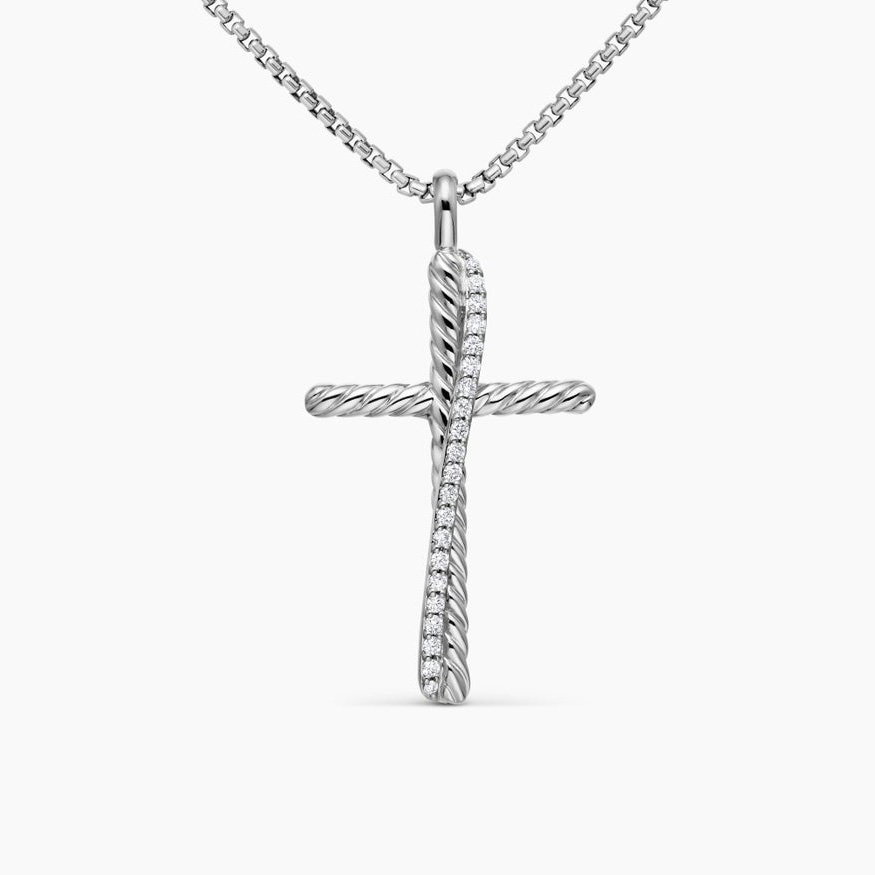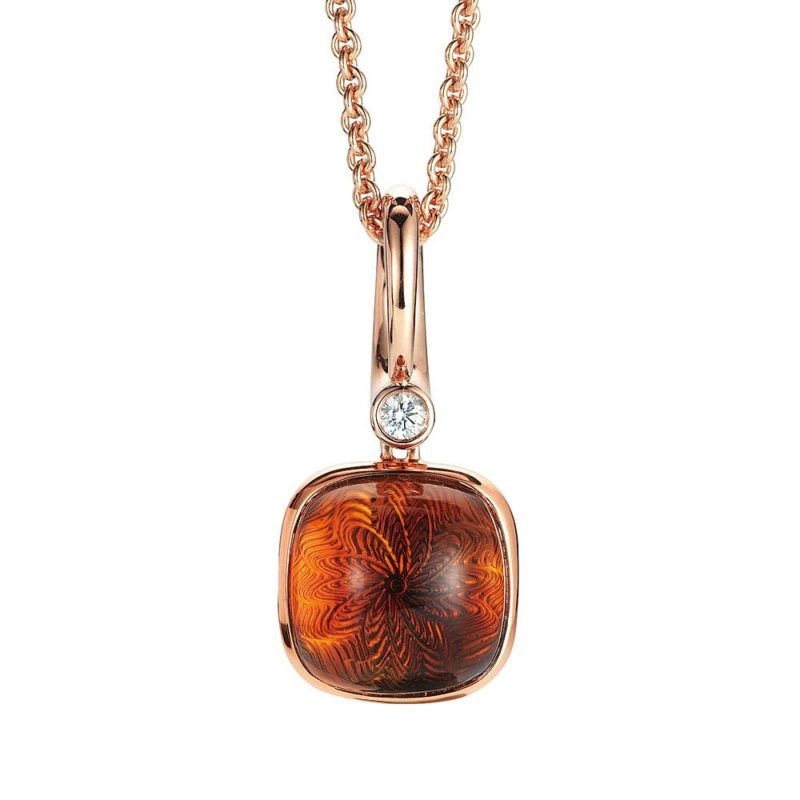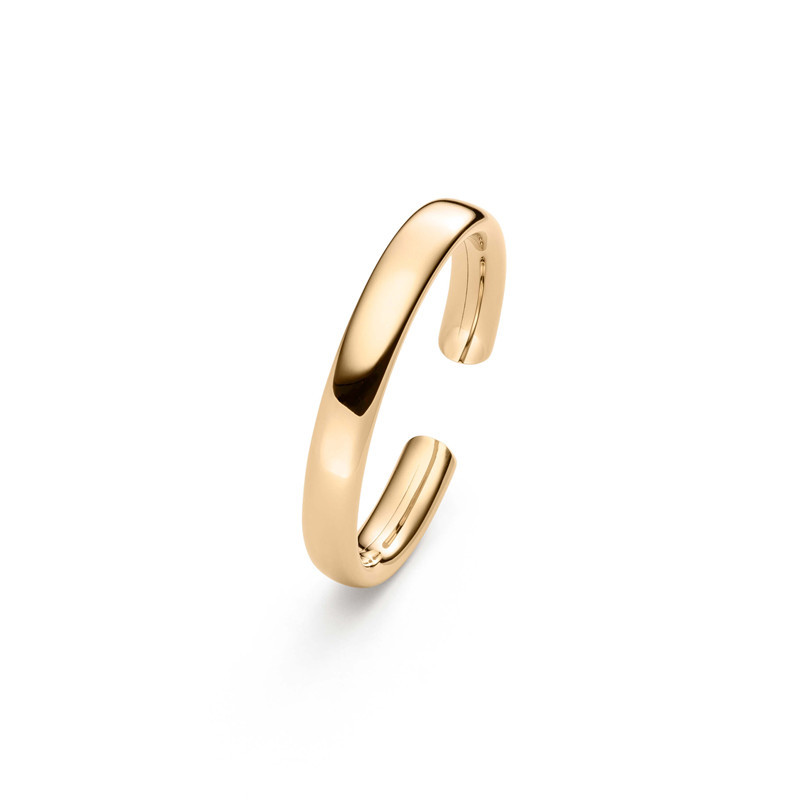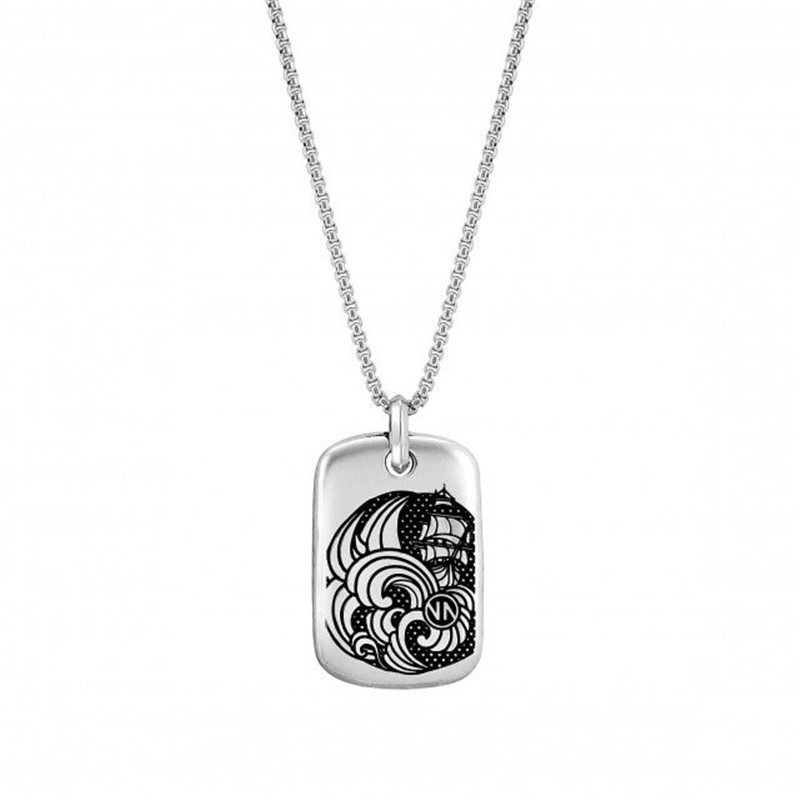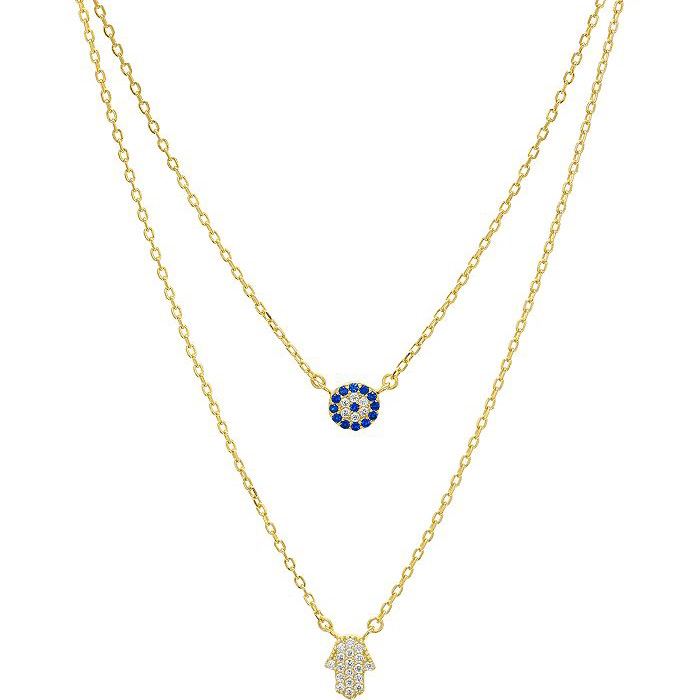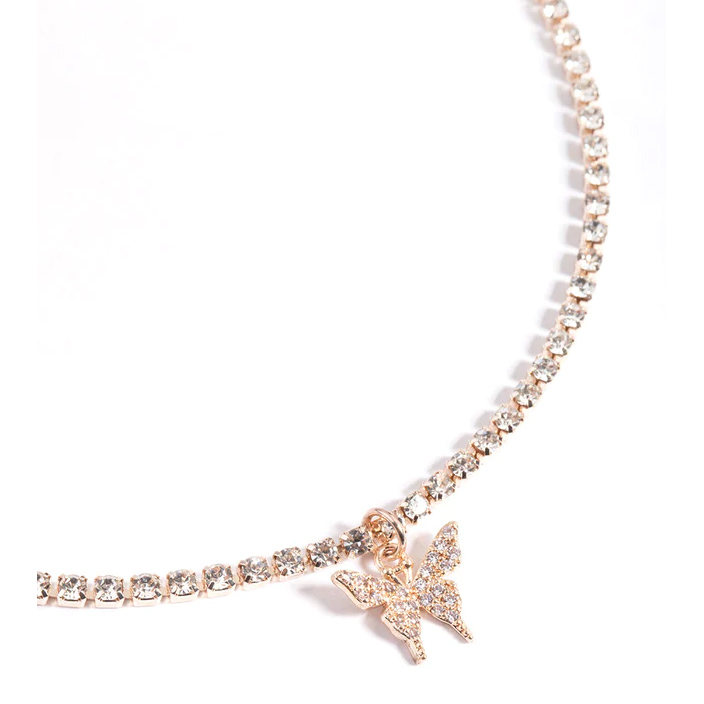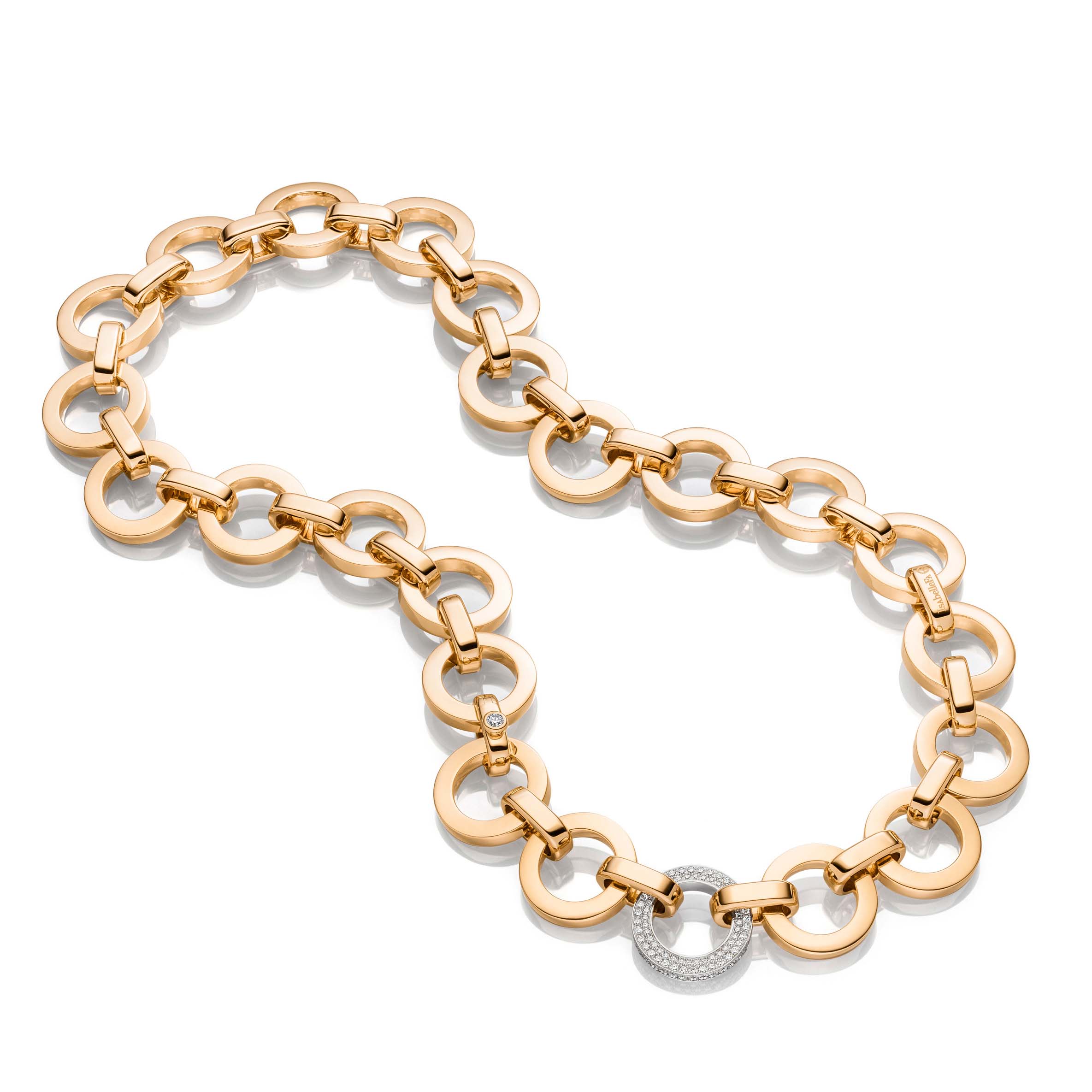JINGYING’s Guide to Choosing Between Brass and Sterling Silver for Your Cross Pendant
JINGYING’s Guide to Choosing Between Brass and Sterling Silver for Your Cross Pendant
LET’S GET STARTED : mo@kingjy.com
The Crucible of Craftsmanship: JINGYING’s Guide to Choosing Between Brass and Sterling Silver for Your Cross Pendant
The cross is more than an accessory; it is a profound symbol of faith, heritage, and personal identity. As such, the pendant that carries this symbol must be worthy of its meaning. For jewelry brands, designers, and retailers, one of the most fundamental decisions in creating a cross pendant is the choice of base metal. The debate between brass and sterling silver is not merely about cost; it is a decision that impacts aesthetics, durability, brand perception, and the very relationship between the wearer and their cherished piece.
At JINGYING, as a leading OEM jewelry manufacturer, we guide our clients through this critical choice every day. This article is an in-depth exploration of the journey of a cross pendant, from raw metal to finished product, comparing brass and sterling silver at every stage. We will dissect their properties, manufacturing processes, market positions, and ultimate value proposition to help you determine which metal is truly “best” for your specific collection.
Part 1: The Raw Material – A Metallurgical Foundation
Before a cross pendant can be shaped, polished, and plated, we must understand the inherent nature of the metals we work with.
1.1 Brass: The Versatile Alloy
Brass is not an element but an alloy, primarily composed of copper and zinc. The proportions of these metals can be varied to create different types of brass with unique properties.
- Composition: Typically 60-80% copper and 20-40% zinc. Sometimes small amounts of other elements like lead or silicon are added to improve machinability.
- Inherent Properties:
- Color: It has a warm, rich, yellow-gold hue, making it an excellent and affordable base for gold-plated jewelry.
- Strength and Malleability: Brass is harder than pure copper but remains highly malleable and ductile. This makes it easy to cast, stamp, and machine into intricate designs, including the detailed filigree often seen on ornate cross pendants.
- Weight: It has a substantial, hefty feel, which can convey a sense of quality and value to the wearer.
- Reactivity: The copper content makes brass prone to oxidation. It will tarnish when exposed to air and moisture, developing a patina or, more problematically, causing green discoloration on the skin (a reaction between copper and sweat). It can also cause allergic reactions in individuals with sensitive skin or a copper allergy.
1.2 Sterling Silver: The Precious Standard
Sterling silver is also an alloy, created to strengthen the otherwise too-soft pure silver.
- Composition: By international standard, it is 92.5% pure silver and 7.5% other metals, almost always copper. This is the “925″ you see stamped on quality silver items.
- Inherent Properties:
- Color: It has a brilliant, cool, white luster that is highly reflective.
- Value: As a precious metal, it carries intrinsic value. Its price fluctuates with the global silver market.
- Malleability: Sterling silver is very workable, allowing for a wide range of techniques from casting to hand-forging. However, it is softer than brass, making it more prone to scratches and deformation over time.
- Reactivity: The copper content means sterling silver will tarnish, turning from bright white to yellow, then brown, and eventually black when exposed to sulfur compounds in the air. However, it is generally hypoallergenic, and the tarnish can be easily removed with polishing.
Manufacturer’s Insight: From a raw material standpoint, the choice is between the warm, gold-like affordability of brass and the cool, precious, intrinsic value of sterling silver. The decision here sets the foundation for everything that follows.
Part 2: The Manufacturing Process – A Journey of Transformation
At JINGYING, we transform these raw metals into finished art. The path for each metal is similar but has critical divergences that affect cost, finish, and final quality.
2.1 Design and Prototyping
This stage is largely metal-agnostic. We create CAD models or hand-carve wax prototypes. However, the metal choice can influence the design. A very delicate, lacy filigree cross might be more safely cast in the stronger brass to prevent bending, whereas a minimalist, high-polish cross would showcase sterling silver’s natural brilliance perfectly.
2.2 Casting and Formation
Both metals are commonly cast using the lost-wax method.
- Brass: Casts beautifully, capturing fine detail. It is less expensive per gram, so experimenting with larger or heavier designs is more cost-effective.
- Sterling Silver: Also an excellent metal for casting. However, the higher material cost makes prototyping and production more expensive. The sprue (leftover metal from the casting channel) from silver is valuable and is always recycled.
2.3 The Critical Stage: Finishing and Plating
This is where the true character of the pendant is defined and where the paths of brass and sterling silver diverge most significantly.
- The Base Polish: Both metals must be meticulously polished before any plating is applied. A flaw in the base metal will be visible through the plating. Sterling silver takes a brilliant, mirror-like polish more easily than brass.
- The Plating Imperative for Brass:
- A raw brass cross pendant is not a finished product for the general market. It must be plated to prevent tarnishing and skin discoloration.
- Standard Plating: A thin layer (often 0.5 microns or less) of gold (usually 14k or 18k) or silver (called “silver plate”) is applied. This provides the desired color but is vulnerable. With daily wear, the plating will eventually wear off at friction points (edges, the back), revealing the yellow brass beneath. This can create an unsightly two-tone effect.
- Our JINGYING Standard: We advocate for and practice heavy gold plating (2-3 microns) on brass. This significantly extends the life of the finish, making the piece more durable and maintaining a consistent appearance for much longer. The cost is higher, but the value proposition is vastly improved.
- The Plating Option for Sterling Silver:
- Going Au Naturel: A sterling silver cross can be sold with its natural finish. It will be bright, white, and beautiful, but it will require care from the wearer to prevent tarnish.
- Rhodium Plating: This is the premium choice. Rhodium, a platinum-group metal, is applied over the silver. It does three things:
- Prevents Tarnish: It creates a permanent, inert barrier.
- Increases Hardness: Rhodium is very hard and scratch-resistant, protecting the softer silver.
- Enhances Whiteness: It gives the silver an even brighter, cooler, whiter finish.
- A rhodium-plated sterling silver cross is the most durable, low-maintenance, and brilliant version possible.
Manufacturer’s Insight: Brass is dependent on plating for its beauty and wearability. Sterling silver can stand on its own but is elevated to its most durable and carefree state with rhodium plating.
Part 3: The Head-to-Head Comparison – Choosing for Your Collection
Let’s break down the decision into key business and product criteria.
Criterion 1: Cost and Pricing Strategy
- Brass:
- Advantage: Significantly lower material and production cost. This allows for higher profit margins or a more accessible retail price point. It is ideal for trend-driven, high-volume, or entry-level collections.
- Disadvantage: The lower cost can be perceived as lower quality, which may not align with a luxury brand identity.
- Sterling Silver:
- Advantage: Commands a higher retail price, aligning with a mid-range to premium brand positioning. The intrinsic value of silver is a strong selling point.
- Disadvantage: Higher upfront cost for materials, impacting your initial investment and requiring a higher price point for the end consumer.
Verdict: Brass wins on pure affordability and margin potential. Sterling Silver wins on perceived value and premium pricing capability.
Criterion 2: Durability and Longevity
- Brass: The base metal itself is strong and resistant to bending. However, its Achilles’ heel is the plating. Once the plating wears, the pendant will look tired and can cause skin reactions.
- Sterling Silver: The metal is softer and more prone to scratches and denting. However, a rhodium-plated sterling silver cross is incredibly resilient to both tarnish and surface scratches. Even if scratched, the underlying metal is still valuable silver, not base brass. It can be professionally repolished and replated to look new again for generations.
Verdict: For core structural strength, brass is harder. For long-term aesthetic integrity and heirloom potential, rhodium-plated sterling silver is superior.
Criterion 3: Aesthetics and Design Flexibility
- Brass: The warm yellow base is perfect for achieving a gold look. It is the champion for classic, gold-toned cross pendants.
- Sterling Silver: The cool white base is ideal for a bright, modern, or traditional “silver” look. It offers a purity and brilliance that is difficult to replicate.
Verdict: A tie. The choice is purely stylistic. Do you want a warm, golden cross or a cool, silvery one?
Criterion 4: Hypoallergenic Properties
- Brass: The copper and zinc content can cause allergic reactions and skin discoloration for many individuals. A high-quality, thick plating can mitigate this, but it is not a guarantee.
- Sterling Silver: Generally considered hypoallergenic. The 7.5% copper is usually not enough to cause a reaction for most people, especially when rhodium-plated.
Verdict: Sterling Silver is the clear and safe winner for customers with sensitive skin.
Part 4: The JINGYING OEM Partnership – Tailoring the Choice to Your Brand
As your OEM partner, our role is to help you navigate these factors to make the best decision for your specific goals.
Scenario 1: The Fast-Fashion Faith-Based Brand
- Your Need: Trend-responsive, high-volume, low-price-point crosses to cater to a young, style-conscious audience.
- JINGYING’s Recommendation: Brass with heavy gold plating.
- Why: It allows you to produce a wide variety of designs quickly and cheaply. The heavy plating ensures the product lasts long enough to satisfy the trend cycle while minimizing returns. The warm gold tone is perennially popular.
Scenario 2: The Boutique Spiritual Goods Store
- Your Need: A curated collection of meaningful, high-quality, and beautifully presented crosses for a discerning clientele that values authenticity and craftsmanship.
- JINGYING’s Recommendation: Sterling Silver, both natural and rhodium-plated.
- Why: This offers a tiered value proposition. You can offer the natural silver for the purist who doesn’t mind polishing and the rhodium-plated version for the customer seeking carefree elegance. The intrinsic value and heirloom quality align perfectly with your brand’s story.
Scenario 3: The Custom Designer Jewelry Line
- Your Need: Unique, artistic, and exclusive cross pendants where the design and material integrity are paramount.
- JINGYING’s Recommendation: Sterling Silver, often without rhodium plating.
- Why: For a designer, the material is part of the art. The ability to oxidize (darken) the silver to accentuate details, the soft luster that develops a unique patina, and the sheer prestige of the material are essential. The higher cost is justified by the exclusivity of the design.
Conclusion: There Is No Single “Best” – There Is Only “Best For You”
The question of “brass vs. sterling silver” is not a battle with one winner. It is a strategic choice between two capable and distinct materials.
- Choose Brass when your strategy prioritizes accessibility, trend-speed, and cost-efficiency. Its success is entirely dependent on the quality of its plating. Partner with a manufacturer like JINGYING who understands that “heavy plating” is not an option but a necessity for a respectable product.
- Choose Sterling Silver when your strategy is built on perceived value, material authenticity, and long-term durability. It is the choice for building a legacy brand with products meant to be cherished for a lifetime.
At JINGYING, we have the expertise to craft exquisite cross pendants from both. We can guide you to the perfect balance of cost, quality, and market positioning. The cross is a symbol of faith and commitment; the metal that forms it should be chosen with the same level of conviction and care. Let us help you make that choice with confidence.
